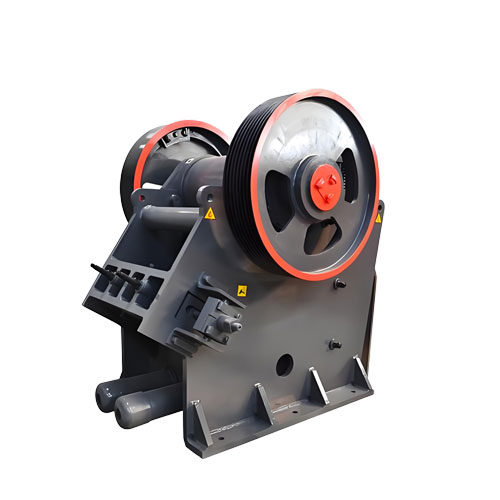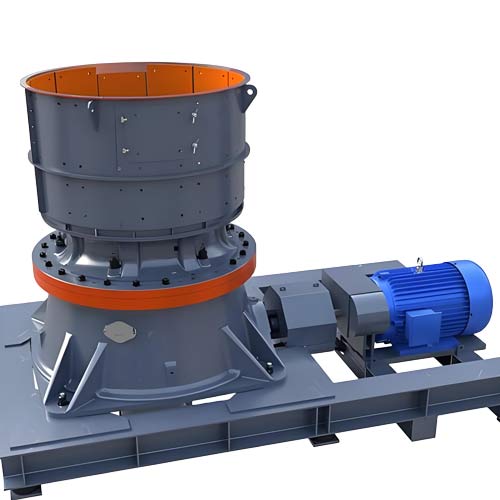Analysis on the applicability of ceramic glaze and Raymond mill
Raymond mill can efficiently grind glaze raw materials with a production capacity of 0.5-50 tons/hour. It is energy-saving, environmentally friendly and has low investment. However, attention should be paid to ultra-fineness requirements, raw material purity and high-temperature sensitivity. It is recommended to conduct small sample tests and optimize the configuration.

1. Feasibility and Advantages
1. Technical feasibility
● Efficient crushing: Raymond mill drives the grinding roller through centrifugal force, which is suitable for batch processing of glaze raw materials, with a production capacity covering 0.5-50 tons/hour.
● Controllable particle size: By adjusting the analyzer speed or grading system, the finished product particle size can be flexibly adjusted to meet the needs of different glaze formulations.
● Energy saving and environmental protection: Negative pressure circulation air path reduces dust, and the energy consumption of some equipment is reduced by 20%-30% compared with traditional ball mills.
2. Economic advantages
● The equipment has low investment cost and simple maintenance, making it suitable for small and medium-sized ceramic enterprises or glaze processing workshops.
● High versatility, compatible with a variety of glaze raw materials, reducing equipment switching costs.

II. Precautions and Restrictions
1. Ultra-fine requirements
If the glaze requires extremely high fineness (such as submicron level), Raymond mill may not be able to meet the standard. In this case, ultrafine grinding (such as air flow mill, stirred mill) or subsequent grading equipment should be considered.
2. Raw material purity and impurity control
● Glaze is sensitive to impurities such as iron and titanium. It is necessary to ensure that the Raymond mill material is pollution-free (such as using ceramic linings) and configure high-efficiency iron and dust removal devices.
● High humidity or sticky raw materials may cause agglomeration and require pre-drying or addition of dispersants.
3. High temperature sensitive materials
Some glaze components may decompose or react at high temperatures. The heat generated during the Raymond mill grinding process needs to be controlled by a cooling system, or low-temperature grinding equipment should be selected.
4. Special process adaptation
If the glaze needs complex modification (such as surface coating), it needs to be connected to the modification equipment after Raymond grinding to form a complete processing chain.
Related Products
Inquiry
Please leave us your requirements, we will contact you soon.





